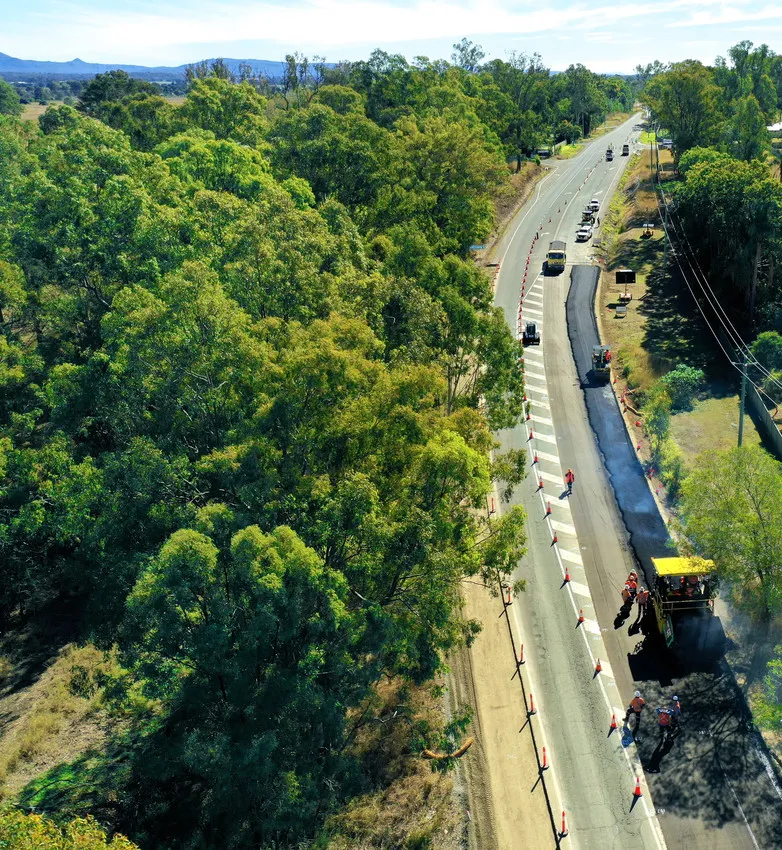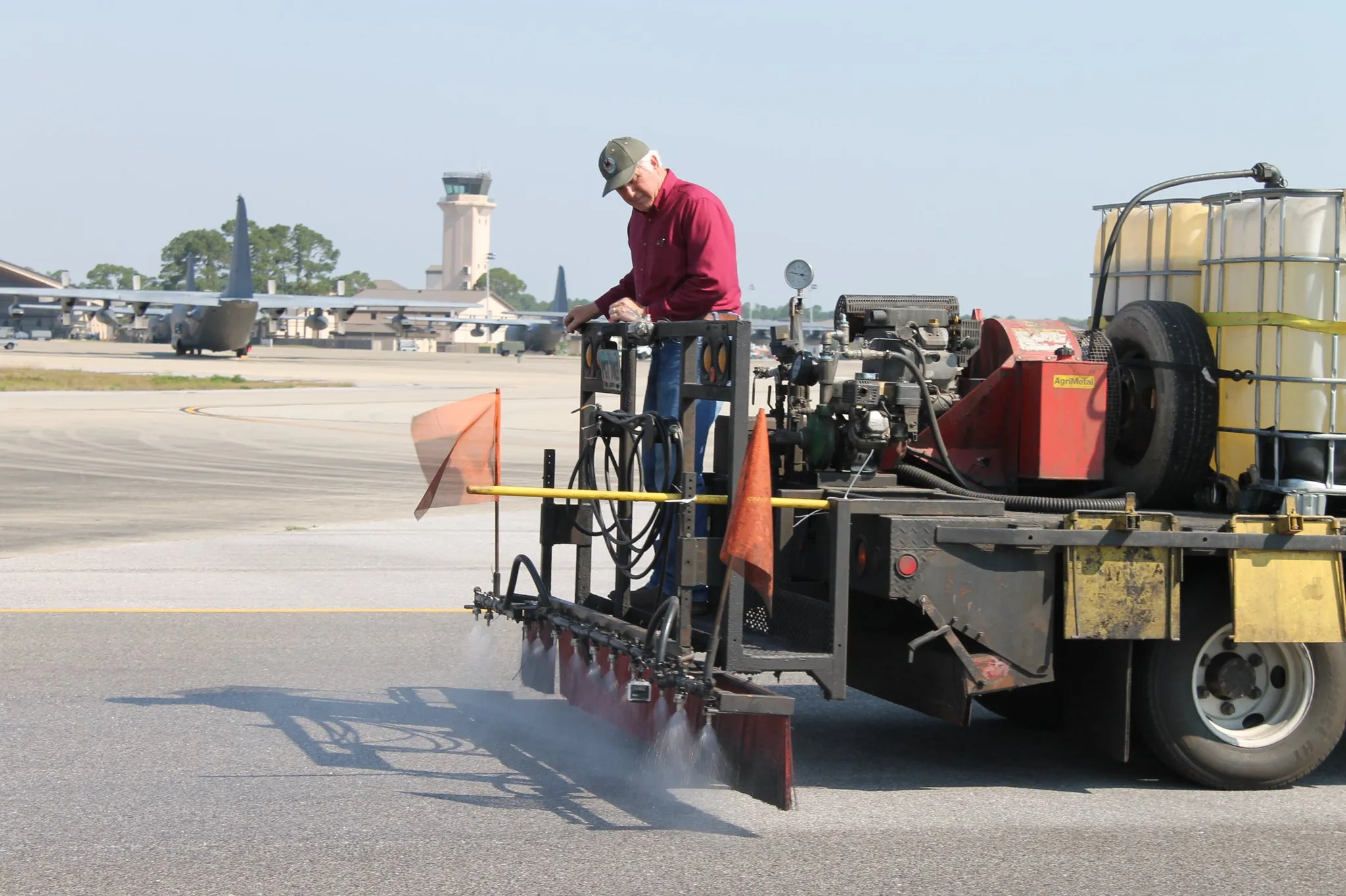The owner of a new Jaguar car had an unwelcome surprise when he returned to where the vehicle had been parked on a hot day in UK capital London. He had left the car in a street close to where a new building is being constructed, which features large areas of glass in its design. Unfortunately the reflected light from the building’s glass areas was concentrated on the car, proving sufficiently hot to melt some of the plastic trim.
January 21, 2014
Read time: 1 min
The owner of a new 6337 Jaguar car had an unwelcome surprise when he returned to where the vehicle had been parked on a hot day in UK capital London. He had left the car in a street close to where a new building is being constructed, which features large areas of glass in its design. Unfortunately the reflected light from the building’s glass areas was concentrated on the car, proving sufficiently hot to melt some of the plastic trim. One of the construction workers had noticed the damage and left a note on the car for the owner, with repairs being paid for by the builder. The building’s developers have vowed to provide a layer over the glass that will reduce the reflection and address the problem.









